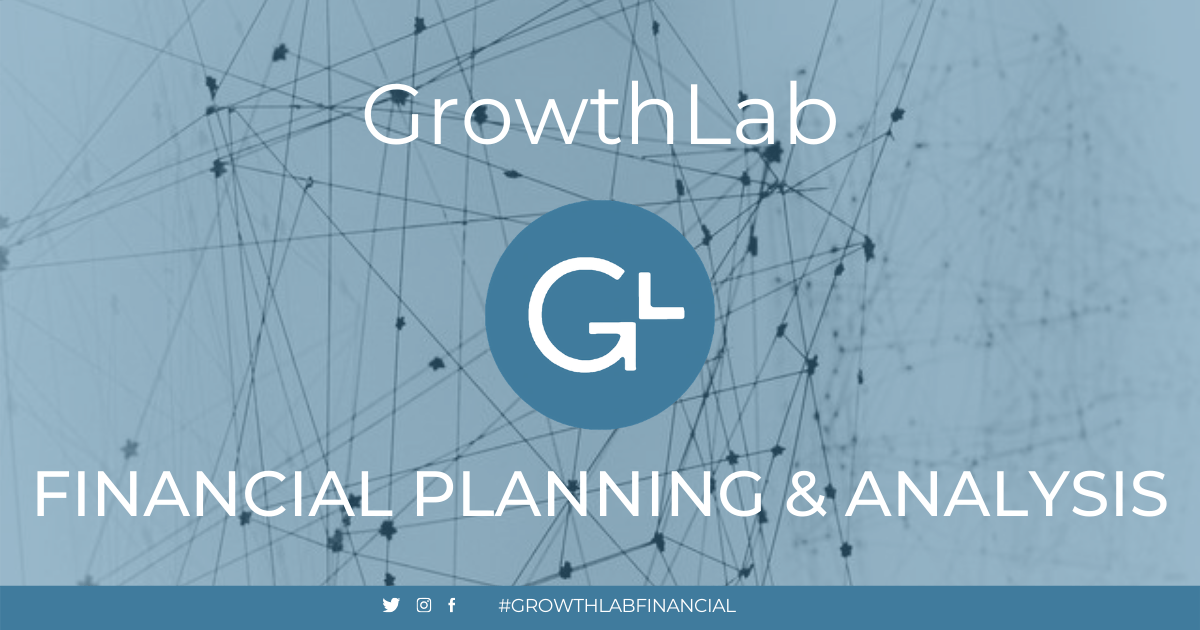Not figured out by the market interest rate, is decided by the main banks. Can not be used in figuring out present worth. Can be utilized in identifying the present worth of the future cash flows. Based upon the marketplace and concentrating on the Lender's perspective Concentrating on the Investor's point of View Impacted by Need and supply in supply in the economy. Not Affected by Need and supply in supply in the economy. After analyzing the above details, we can state that Discount rate Rate vs Interest Rate are 2 different ideas. A discount rate is a broader idea of Finance which is having multi-definitions and multi-usage.
In some cases, you have to pay to obtain money then it is a direct monetary expense. In other cases, when you invest money in an investment, and the invested cash can not be made use of in anything else, then there is an opportunity cost. Discount Rate Rates vs Rates Of Interest both belong to the expense of cash however in a various way. If you have an interest in Financing and want to operate in the Financial Sector in the future, then you need to know the distinction between Rates of interest and Discount rate. This has a been a guide to the top difference between Discount rate Rate vs Interest Rate.
In finance, the discount rate has two essential meanings. Initially, a discount rate is a part of the calculation of present worth when doing a reduced money circulation analysis, and 2nd, the discount rate is the rate of interest the Federal Reserve charges on loans offered to banks through the Fed's discount rate window loan procedure - How to finance an engagement ring. The very first meaning of the discount rate is a critical component of the affordable cash flow calculation, a formula that figures out just how much a series of future capital is worth as a single lump sum value today. For investors, this calculation can be an effective tool for valuing companies or other financial investments with predictable profits and capital.

The business is steady, constant, and foreseeable. This company, similar to numerous blue chip stocks, is a prime prospect for a how time shares work discounted cash circulation analysis. If we can anticipate the company's earnings out into the future, we can utilize the affordable capital to estimate what that business's appraisal must be today. Which of the following can be described as involving direct finance. Unfortunately, this procedure is not as simple as simply building up the cash circulation numbers and coming to a value. That's where the discount rate comes into the image. Money circulation tomorrow is not worth as much as it is today. We can thank inflation for that truth.
Second, there's unpredictability in any projection of the future. We simply don't understand what will happen, consisting of an unexpected decrease in a business's earnings. Cash today has no such uncertainty; it is what it is. Because capital in the future carries a danger that cash today does not, we need to mark down future capital to compensate us for the threat we take in waiting to receive it. These 2 aspects-- the time worth of money and unpredictability threat-- combine to form the theoretical basis for the discount rate. A greater discount rate Check out this site implies higher uncertainty, the lower the present worth of agreement cancellation letter our future capital.